Cellulose ( IF 4.8 ) Pub Date : 2020-09-11 , DOI: 10.1007/s10570-020-03418-w Mengdie Wang , Tingting Yu , Ling Tan , Wei Li , Wei Wei , Man Jiang , Dongqi Liu , Zuowan Zhou
|
|
Abstract
Applications of cellulose nanocrystals (CNCs) in various fields of high value have been and are being widely studied. However, research about the fundamental preparation method has come to a standstill. This work aims to introduce a concept of progressive dissolution of cellulosic fibers and an eco-friendly way of preparing CNCs. By controlling TBAH concentration, the amphiphilicity and dissolving capability of TBAH/H2O can be regulated. Through a controlled partial dissolution of cellulose in the solvent, aqueous tetra-butylammonium hydroxide (TBAH), the fiber can be dissolved to make nanoscale particles (CNC suspensions). Polarized light microscopy provides a quantitative evaluation of the progress of dissolution, by which a processing window (43% TBAH/H2O, 30 min dissolution at room temperature) for preparing CNCs from cotton pulp has been determined. The multiscale cellulose products, including micron-scale, nanoscale, and well-dissolved products of cellulose, have been separated with the assistance of the derivatization process. There are interestingly homogeneous materials of cellulose I with a needle-like shape in the nanoscale products extracted. Furthermore, the cellulose raw materials can be extended from cotton pulp to wood pulp, bamboo pulp, straw pulp, and microcrystalline cellulose, indicating it to be a universal method. Analysis of XRD patterns of the raw and CNCs indicates that amorphous and less-crystalline cellulose can be precisely and controllably dissolved by the solvent, leaving CNCs.
Graphical abstract
中文翻译:

通过精确控制天然纤维素在TBAH / H 2 O溶剂中的溶解来制备纤维素纳米晶体的环保方法
摘要
纤维素纳米晶体(CNC)在各种高价值领域中的应用已经并且正在被广泛研究。然而,关于基本制备方法的研究已经停顿。这项工作的目的是介绍纤维素纤维逐渐溶解的概念以及生态友好的CNC制备方法。通过控制TBAH的浓度,可以调节TBAH / H 2 O的两亲性和溶解能力。通过将纤维素受控地部分溶解在氢氧化四丁基铵水溶液(TBAH)中,可以溶解纤维,制成纳米级颗粒(CNC悬浮液)。偏光显微镜可定量评估溶出度,从而可确定处理窗口(43%TBAH / H 2确定在室温下溶解30分钟,以从棉浆中制备CNCs。多级纤维素产品,包括微米级,纳米级和良好溶解的纤维素产品,已在衍生化工艺的帮助下进行了分离。有趣的是,在提取的纳米级产物中,具有针状形状的纤维素I的均质材料。此外,纤维素原料可以从棉浆扩展到木浆,竹浆,草浆和微晶纤维素,这是通用的方法。原料和CNC的XRD图谱分析表明,非晶态和结晶度较低的纤维素可以被溶剂精确可控地溶解,从而留下CNC。




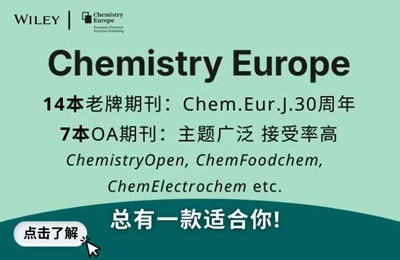



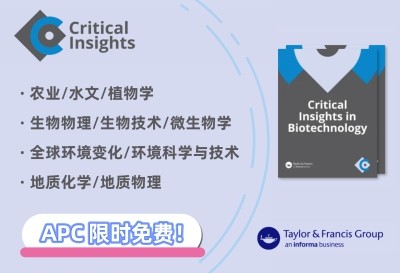
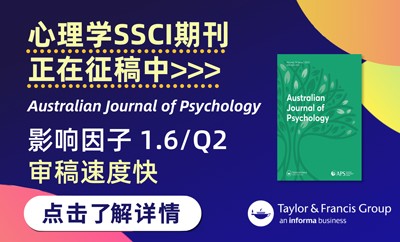
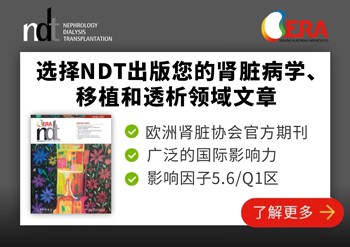









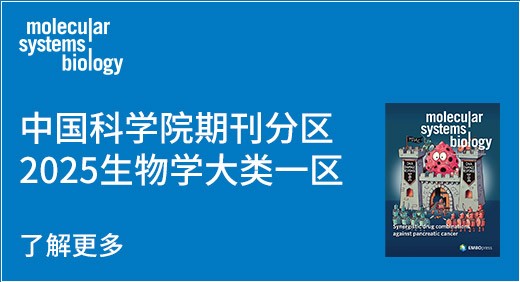






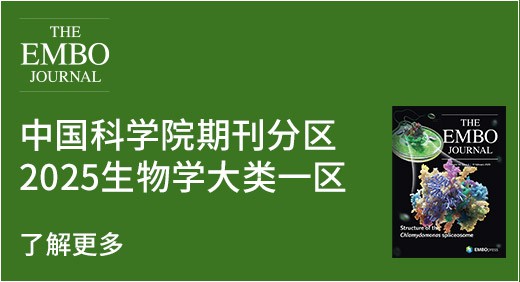

















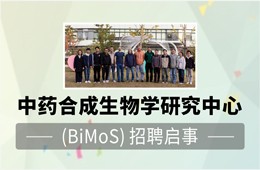









 京公网安备 11010802027423号
京公网安备 11010802027423号